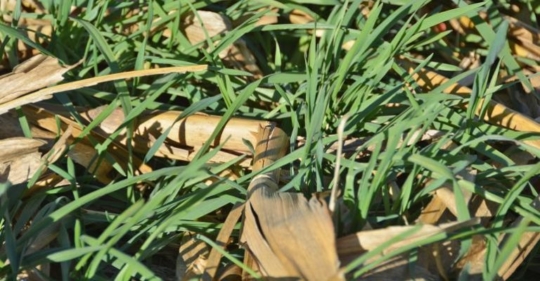Explore our blog featuring articles about farming and irrigation tips and tricks!
No N Credit From These Cover Crops

By: Dave Franzen
Most information on cover crops in books and even from some farmer-speakers indicate that if the carbon to nitrogen ratio (C-N ratio) of the cover crop is less than 30 to 1 then N will be released to the next crop.
The amount of N released to the next crop is iffy, but if the residues are incorporated, maybe half of the N will be released, and if no-till is used, probably 1/4 to 1/3 of the total N may be released.
There is an adage that is not followed enough in the soil fertility field: “If you want to be excited, do a study for a year. If you want to know the truth, do it the second year.” There is also the meaning of “research,” which essentially means: “don’t believe it until you test it.”
Several researchers in the Midwest have conducted cover crop research over the past several years, using cereal rye and forage radish, which is the dominant cover crop mix in North Dakota. They have found that there is no N credit from these cover crops.
The first published work comes from Wisconsin.
The trials’ bottom line was that N was not released to the following crop after growing rye-radish cover crops, even though the C-N ratio was low.
At North Dakota State University, I and Abbey Wick — NDSU Extension soil health specialist — have conducted several years of cover crop N cycling research using cereal rye, forage radish, winter camelina and in one year mixed with field pea, and in another year mixed with faba bean.
Stay up to date on all T-L news and get alerts on special pricing!


